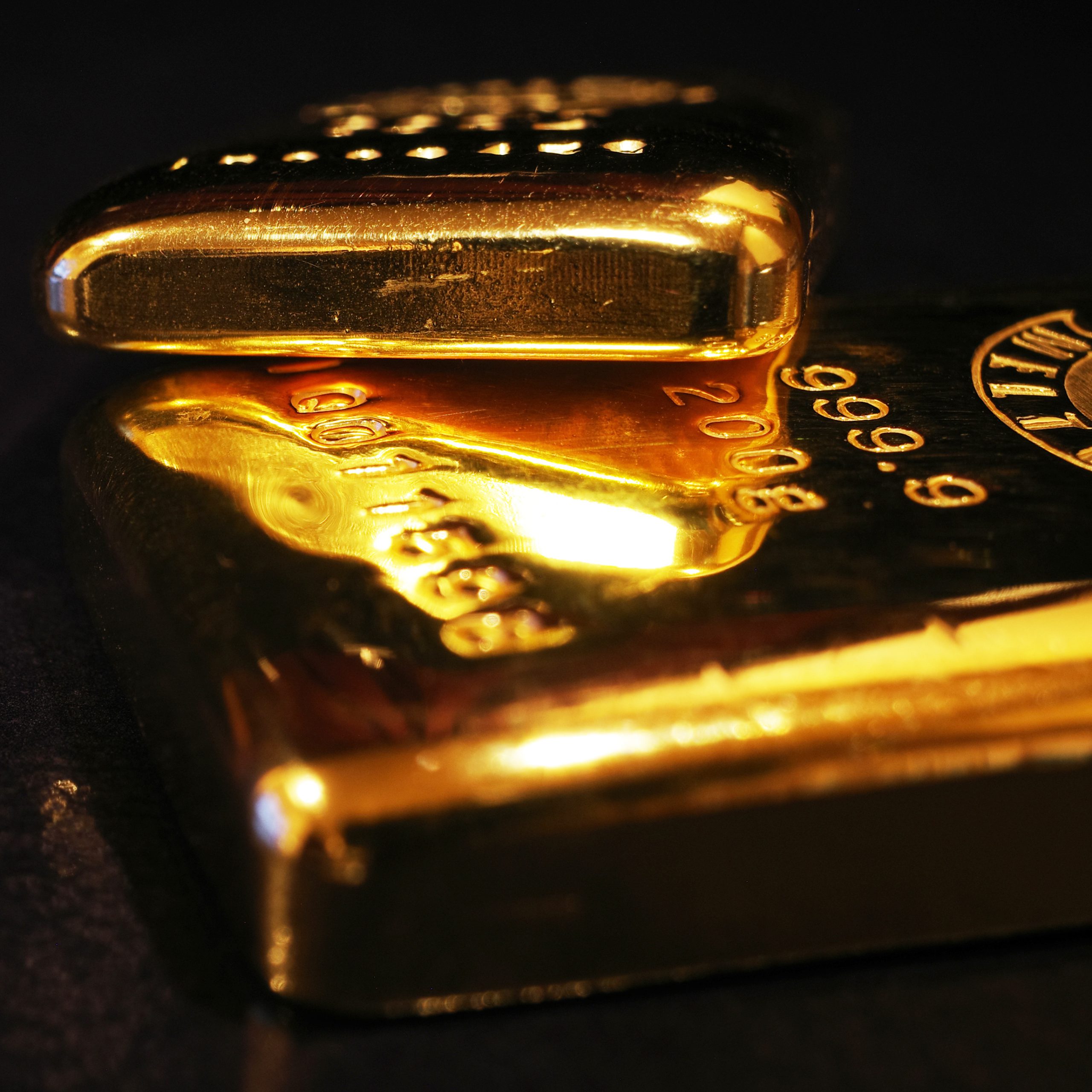garnet26749654
garnet26749654
Observational Research on the Developments and Motivations Behind Buying Gold And Silver
In recent years, the global demand for valuable metals, significantly gold and silver, has seen a major improve. This development has been pushed by various factors, together with economic uncertainty, inflation, and the search for secure-haven assets. Observational analysis into the motivations and behaviors of people purchasing gold and silver reveals a fancy interplay of psychological, economic, and cultural influences.
The Economic Landscape
To understand the rising curiosity in gold and silver, it is important to think about the broader financial context. Financial instability, marked by fluctuating stock markets, rising inflation rates, and geopolitical tensions, has led many traders to seek refuge in tangible property. Gold and silver have traditionally been considered as secure-haven investments during times of financial turmoil. Observations from numerous financial markets point out that as stock prices decline or financial forecasts worsen, the demand for these metals tends to rise sharply.
In 2020, for instance, the COVID-19 pandemic triggered a worldwide economic disaster, leading to unprecedented levels of government spending and financial easing. This atmosphere of uncertainty prompted many individuals to show to gold and silver as a hedge against potential currency devaluation. Observational data from gold and silver retailers showed a marked improve in sales during this interval, with many purchasers expressing concerns in regards to the long-time period viability of fiat currencies.
Client Motivations
The motivations behind purchasing gold and silver may be categorized into several key themes. Firstly, the need for financial safety is a predominant issue. Many customers understand valuable metals as a dependable store of worth, particularly in instances of financial instability. Interviews with consumers at local coin outlets and online marketplaces revealed that many people view gold and silver as a type of insurance coverage against monetary collapse. This sentiment was echoed by numerous patrons who expressed a want to guard their wealth from inflation and foreign money depreciation.
Secondly, the allure of gold and silver as a tangible asset can’t be overlooked. In contrast to stocks or bonds, which exist in a digital format, treasured metals supply a bodily presence that many consumers find reassuring. Observational analysis at numerous jewelry stores and bullion dealers indicated that clients often appreciate the aesthetic qualities of gold and silver, viewing them not only as investments but also as stunning gadgets to possess. This duality of function—both as a monetary asset and a decorative object—adds to the appeal of these metals.
Cultural Influences
Cultural elements also play a major function in shaping client conduct regarding gold and silver purchases. In lots of cultures, gold has been an emblem of wealth and status for centuries. As an example, in countries like India, gold is deeply intertwined with cultural traditions, comparable to weddings and festivals. Observations of consumer conduct in Indian markets revealed that gold purchases often happen throughout auspicious instances, reflecting a mix of cultural significance and investment technique. Many patrons expressed the belief that proudly owning gold just isn’t solely a financial investment but additionally a technique of preserving household heritage and traditions.
Equally, silver has its personal cultural significance in varied societies. In lots of Western cultures, silver is usually associated with luxurious and elegance, making it a preferred selection for gifts and personal adornment. Observational data from retail retailers showed that consumers ceaselessly purchase silver jewellery for special events, further reinforcing its standing as each a decorative item and an investment.
The Function of Know-how
The rise of expertise has additionally reworked the best way people buy gold and silver. On-line platforms and cell purposes have made it simpler than ever for customers to purchase precious metals. Observations of on-line trading platforms indicate a growing trend among youthful investors who are using digital tools to purchase and promote gold and silver. This demographic shift suggests that the standard picture of gold and silver patrons is evolving, as youthful people seek to diversify their funding portfolios via accessible means.
Moreover, the proliferation of data available on-line has empowered shoppers to teach themselves about the treasured metals market. Many consumers reported conducting extensive analysis earlier than making purchases, utilizing online sources to compare costs, observe market trends, and perceive the elements influencing gold and silver values. This trend highlights a extra informed shopper base that is actively engaged within the investment process.
Challenges and Considerations
While the interest in gold and silver is on the rise, potential buyers should also navigate numerous challenges. If you have any kind of questions concerning where and ways to utilize best place to buy physical gold, you could call us at our web site. One important concern is the volatility of precious steel costs. Observational analysis indicates that many consumers specific anxiety over value fluctuations, notably throughout economic downturns. Consumers usually focus on the significance of timing their purchases to maximize returns, which might result in a way of uncertainty.
Moreover, the prevalence of counterfeit products poses a risk for shoppers. Observations from varied retail environments revealed that many consumers are wary of purchasing gold and silver from unverified sources. Because of this, there is a growing demand for respected dealers and certification companies to ensure the authenticity of treasured metals.
Conclusion
The increasing pattern of buying gold and silver reflects a complex interplay of economic, psychological, and cultural factors. As individuals seek financial safety and tangible belongings amid financial uncertainty, the allure of treasured metals continues to grow. Observational research highlights the motivations driving this development, from the need for wealth preservation to cultural significance and the impression of expertise. Nonetheless, potential patrons should stay vigilant about market volatility and the dangers associated with counterfeit products. Because the landscape of gold and silver buying evolves, understanding these dynamics will probably be essential for each customers and investors alike.




